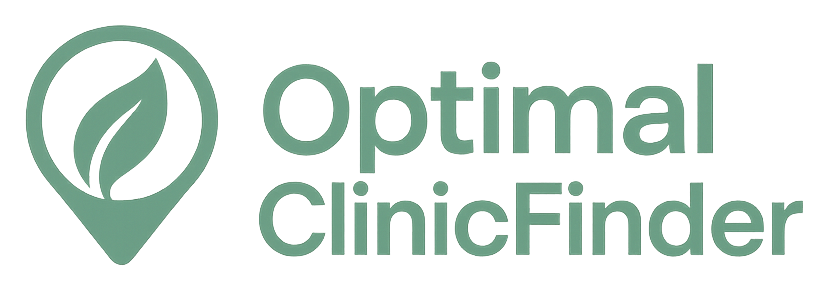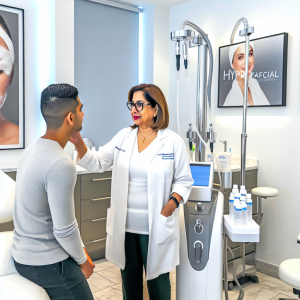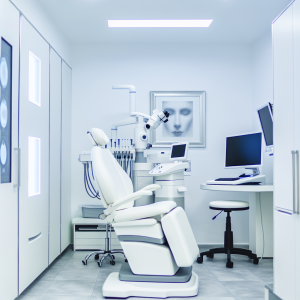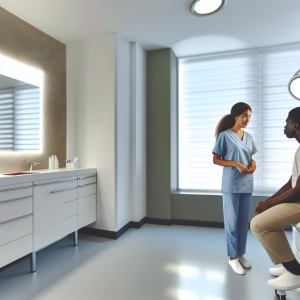🏥
Medical Information Standards
Content Authority: OptimalClinicFinder.com is a comprehensive medical directory platform connecting patients with qualified Botox providers. Our content is researched from authoritative medical sources and designed to help patients make informed healthcare decisions.
How Botox Works: Clinical Mechanism for Crows Feet
Botox, or botulinum toxin type A, works by temporarily blocking nerve signals to the muscles responsible for creating crows feet. The orbicularis oculi muscle, which surrounds the eye, contracts repeatedly throughout our lives when we smile, squint, or express emotions. Over time, these repeated contractions create permanent creases in the overlying skin, known as crows feet or periorbital rhytides.
When injected precisely into specific points around the eye area, Botox binds to nerve terminals and prevents the release of acetylcholine, the neurotransmitter that triggers muscle contraction. This temporary paralysis allows the overlying skin to smooth out while maintaining natural facial expressions. The treatment specifically targets the lateral canthal lines without affecting the muscles needed for normal eyelid function or natural smiling.
💡
Did You Know?
Clinical studies show that Botox patients achieve excellent results when combined with professional-grade aftercare products.
Clinical Research and Evidence Base
The clinical development of Botox for crows feet involved multiple pivotal trials, including two identical Phase III studies that enrolled 833 patients. These randomized, double-blind, placebo-controlled trials demonstrated that 74% of patients treated with Botox achieved significant improvement in their crows feet severity compared to just 3% in the placebo group. The studies followed patients for 6 months, confirming both safety and efficacy.
Long-term studies have shown that repeated Botox treatments for crows feet maintain their effectiveness over time, with some patients experiencing longer-lasting results after multiple treatment cycles. Research has also demonstrated that early intervention with Botox can help prevent the deepening of existing lines and delay the formation of new wrinkles, making it both a treatment and prevention strategy.
Treatment Protocols and Clinical Management
Successful Botox treatment for crows feet begins with a thorough consultation and facial analysis. The provider assesses the patient’s facial anatomy, skin quality, muscle activity patterns, and aesthetic goals. Digital photography and sometimes video analysis help document baseline appearance and plan optimal injection sites.
The standard treatment protocol involves injecting 12-20 units of Botox per side, distributed across 3-4 injection points in the lateral orbital area. The injections are placed in the orbicularis oculi muscle, typically 1-2 cm from the lateral orbital rim. Treatment is performed using ultra-fine needles, with most patients experiencing minimal discomfort. The entire procedure takes 10-15 minutes, and patients can resume normal activities immediately after treatment.
💡
Quick Tip
Botox works best when combined with healthy lifestyle choices for optimal results.
Safety Profile and Risk Management
Botox for crows feet has an excellent safety profile when administered by qualified professionals. The most common side effects are mild and temporary, including slight bruising at injection sites (affecting about 5% of patients), mild headache (3% of patients), and temporary redness or swelling. These effects typically resolve within 24-48 hours.
Rare but more serious complications can include temporary eyelid drooping (ptosis) in less than 1% of cases, which occurs when the toxin migrates to nearby muscles. This complication is largely preventable through proper injection technique and typically resolves within 2-8 weeks. Asymmetry can also occur but is usually minor and may be corrected with additional small injections.
Cost Analysis and Value Considerations
The cost of Botox for crows feet varies based on geographic location, provider experience, and the amount of product needed. Most patients require 24-40 units total (both sides), with pricing typically ranging from $10-$20 per unit. This translates to treatment costs of $300-$600 per session, with treatments needed every 3-4 months to maintain results.
When evaluating cost, it’s important to consider the provider’s qualifications and experience rather than simply seeking the lowest price. Board-certified dermatologists and plastic surgeons may charge premium rates but offer superior safety profiles and more natural-looking results. Many practices offer package deals for multiple treatment areas or maintenance programs that can reduce per-session costs.
Treatment Timeline and Results Expectations
Botox results for crows feet follow a predictable timeline. Initial effects typically become noticeable within 3-5 days, with full results visible at 10-14 days post-treatment. The improvement continues to develop over the first two weeks as the muscle relaxation reaches its maximum effect.
✓
Why Choose Botox?
●
Clinically proven
●
FDA approved
●
Minimal downtime
●
Long-lasting
Peak results last approximately 3-4 months, after which muscle activity gradually returns and lines begin to reappear. Most patients schedule follow-up treatments every 3-4 months to maintain optimal results. With regular treatments, some patients find their results last longer over time, and the muscles may become trained to contract less forcefully even between treatments.
Provider Selection and Treatment Standards
Choosing a qualified provider is crucial for safe, effective Botox treatment. Look for board-certified dermatologists, plastic surgeons, or other physicians with specific training in facial aesthetics. The provider should have extensive experience with Botox injections and a thorough understanding of facial anatomy.
Red flags to avoid include non-medical providers, extremely low prices that seem too good to be true, and practitioners who don’t perform a thorough consultation or discuss potential risks. A qualified provider will always use genuine Botox (never diluted or counterfeit products), maintain proper storage and handling protocols, and provide detailed aftercare instructions.
Optimizing Results and Maintenance
Several factors can influence Botox results and longevity. Patients should avoid alcohol for 24 hours before treatment and stop blood-thinning medications (with physician approval) to minimize bruising risk. After treatment, avoiding lying down for 4 hours and not exercising vigorously for 24 hours helps prevent toxin migration.
Complementary treatments can enhance Botox results for crows feet. Professional skincare including retinoids, vitamin C serums, and medical-grade moisturizers help improve overall skin quality. Sun protection is essential to prevent further photodamage. Some patients benefit from combining Botox with dermal fillers for deeper lines or laser treatments for skin texture improvement.
📚 Medical Authorities & Professional Standards
All Botox procedures should be performed by licensed medical professionals following established clinical guidelines and safety protocols.
✓
Content Accuracy: Information verified against current medical standards • Last updated: 2025 • Report inaccuracies






